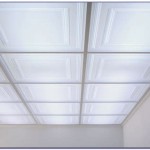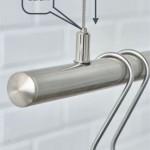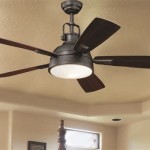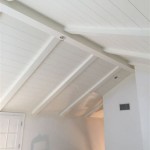Ceiling texture paint is a type of paint that adds a unique and decorative finish to your ceiling. It can be applied in a variety of ways, from a simple roller application to a more intricate spray-on technique. In order to get the best results, it’s important to follow the directions and use the right tools. Here’s a quick guide to everything you need to know about ceiling texture paint.
Types of Ceiling Texture Paint
There are several different types of ceiling texture paint on the market, each with its own unique look and feel. Some of the most popular types of ceiling texture paint include: popcorn ceiling paint, stippled ceiling paint, and textured ceiling paint. Each type of paint is best suited for different types of ceilings and can be used to achieve a wide range of creative effects.
Tools Needed to Apply Ceiling Texture Paint
When it comes to applying ceiling texture paint, the right tools are essential. Depending on the type of texture paint you’re using, you may need a roller, a sprayer, or a brush. You’ll also need a primer to ensure that the paint adheres to the ceiling properly. Additionally, you’ll need drop cloths, tape, and other supplies to protect your floors and walls.
How to Prepare the Ceiling for Ceiling Texture Paint
Before you begin applying the ceiling texture paint, it’s important to prepare the ceiling for the job. This includes cleaning the surface, patching any holes or cracks, and sanding the area to create a smooth surface. If you’re using a spray-on texture, you’ll also need to protect the walls and floors with plastic to avoid any mess.
Applying Ceiling Texture Paint
Once the ceiling is properly prepared, you’re ready to apply the ceiling texture paint. Depending on the type of paint you’re using, you may need to use a roller, a sprayer, or a brush to apply the paint. Follow the directions on the can and make sure to use the right tools for the job. Once the paint is dry, you’ll have a beautiful, decorative ceiling.
Cleaning Up After Applying Ceiling Texture Paint
Once you’ve finished applying the ceiling texture paint, it’s important to clean up properly. Make sure to dispose of any leftover paint or supplies properly and to clean up any spills or messes. You should also take the time to clean the tools you used, as well as any protective gear, such as drop cloths or plastic.
Conclusion
Ceiling texture paint is a great way to add a unique and decorative finish to your ceiling. It’s important to use the right tools and follow the directions in order to get the best results. By following the tips in this guide, you’ll be able to apply ceiling texture paint quickly and easily, and create a beautiful and unique finish for your ceiling.




![20 Stunning Ceiling Textures With Inspirational Ideas [New 2019]](https://i1.wp.com/www.reverbsf.com/wp-content/uploads/2017/06/Textured-Ceiling-Paint-Ideas.jpg?resize=682.5%2C512)




![]()




Related Posts








